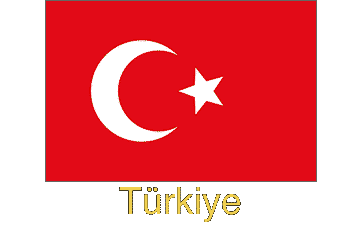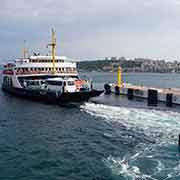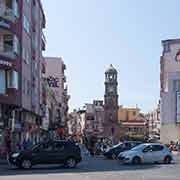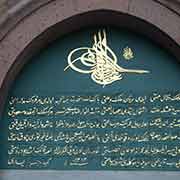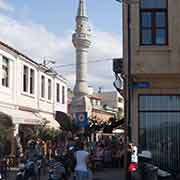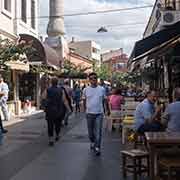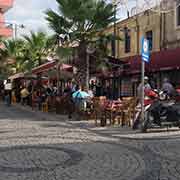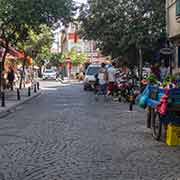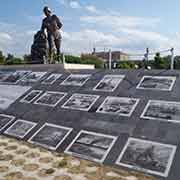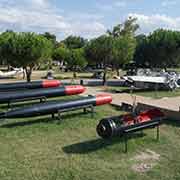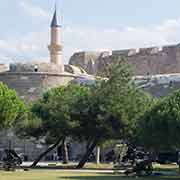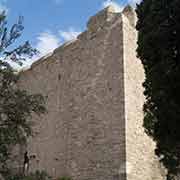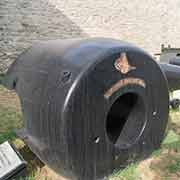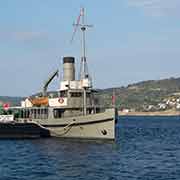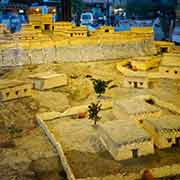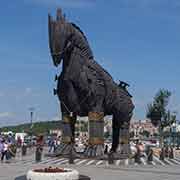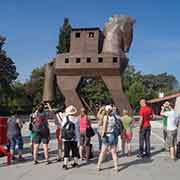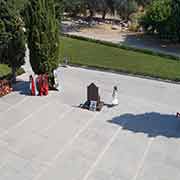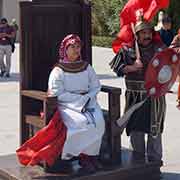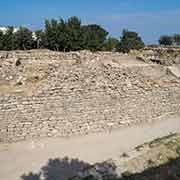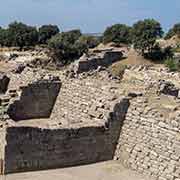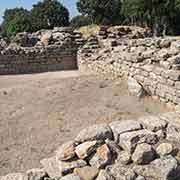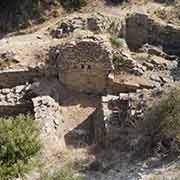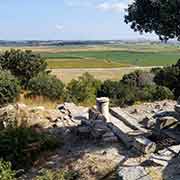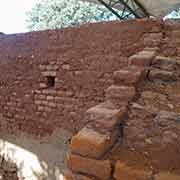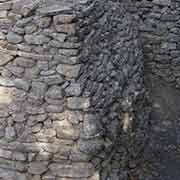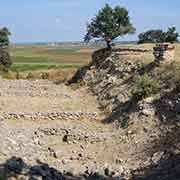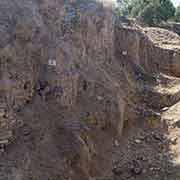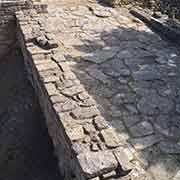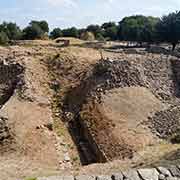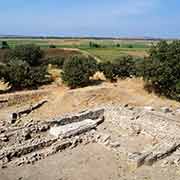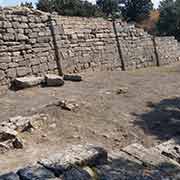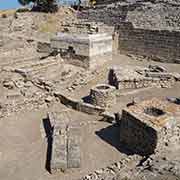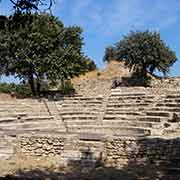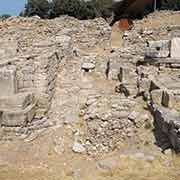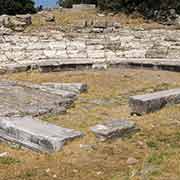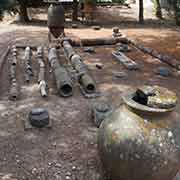Photos of Çanakkale, port on the Dardanelles and the ancient city of Troy, Turkey
Çanakkale, port on the Dardanelles and the ancient city of Troy
Çanakkale is a city and seaport in the west of Asia Minor, on the narrowest point of the Dardanelles opposite the Gallipoli peninsula in Europe. It started its existence when Sultan Mehmed II (The Conquerer) had a fort built here in 1462. Its name was Kale-i Sultaniye (Fortress of the Sultan), because one of Mehmed’s sons had worked on its construction. From the late 17th Century it became famous for its fine-glazed pottery. The town that had grown just north of it came to be called Çanak Kalesi (Pot Fortress). The name stuck and became Çanakkale.
you may then send it as a postcard if you wish.
The fortress was built opposite the fort of Kilitbahir on the Gallipoli peninsula to control traffic through the Dardanelles strait. The town was initially settled by Armenians and Spanish Jewish refugees, who had been expelled from Spain after 1492. In the late 19th Century the city still had a sizeable Jewish and Orthodox Greek population.
Twenty-nine kilometres south of Çanakkale is the ancient city of Troy (Troya or Truva), in a location now known as Hisarlık (Place of Fortresses). It was the setting of the Trojan War, that took place around 1200 BCE. According to Greek mythology, the Achaeans (Greeks) waged war against the city at the end of a ten-year siege. The story is narrated in many ancient Greek texts, most notably Homer’s Iliad. Although there will be a historical truth to the story, Homer’s Iliad may be an amalgam of various exploits and sieges by Mycenean Greek during the Bronze Age.
The best-known story is that of the Trojan Horse. It was a trick by the Greeks who, after a fruitless ten-year siege of the city, built a huge wooden horse and hid a select force of fighters inside it, including the legendary hero Odysseus. They then pretended to sail away, and the Trojans pulled the horse into their city as a trophy. But that night the Greeks got out of the horse, opened the city’s gates for the Greek army that had quietly returned. They then destroyed the city of Troy, ending the war.
Today the ruins of Troy are about 5 kilometres from the coast, but 3000 years ago the coastline was much closer. During the 19th Century, serious attempts were made by archeologists to find the site of Troy to end speculation if Homer’s tales were factual or just legends. Earlier there had been travellers who claimed to have found the site in various places in the region, including a Scottish journalist, Charles Maclaren who identified the correct location in 1822. In 1866 an Englishman, Frank Calvert, made surveys on Hisarlık hill, on farmland owned by him. It was a German archaeologist, Heinrich Schliemann, who obtained permission from Calvert to excavate the hill between 1871 and 1879. His methods however have later been condemned as having caused much destruction to what remained of the real Troy. There are various numbered layers, from Troy I (3000-2600 BCE) to Troy IX (85 BCE-500 CE). The site is now an open-air museum, complete with a mock-up wooden horse to climb in. Another wooden horse, used in the 2004 epic film “Troy”, is on display on the boulevard of Çanakkale, next to a model of the ancient city, as it may have looked in its heyday.


